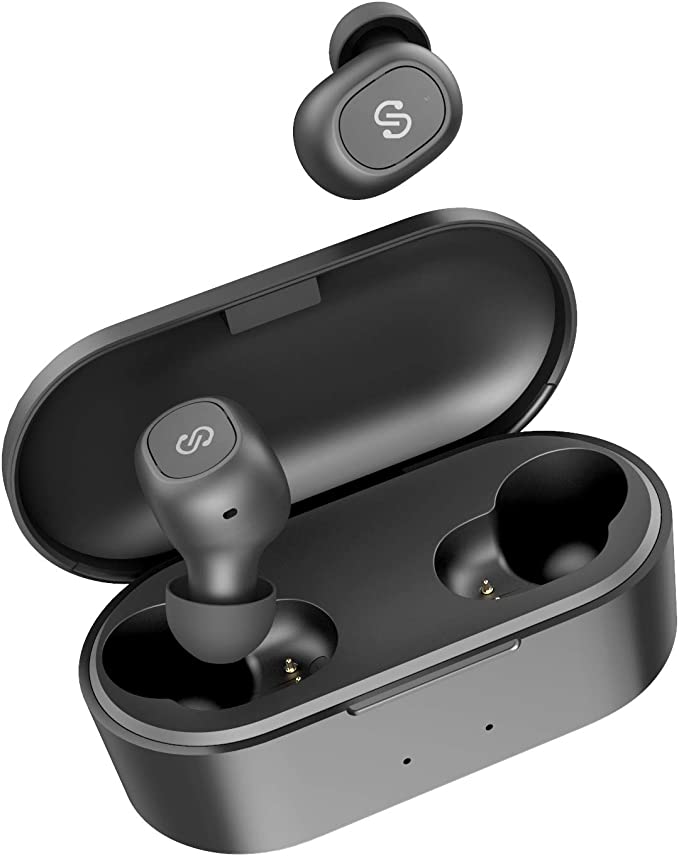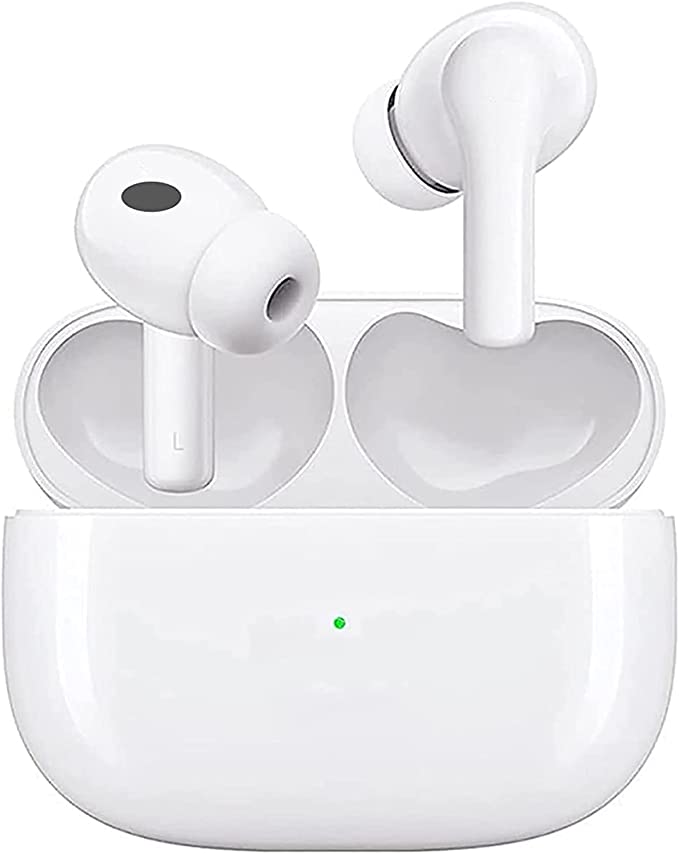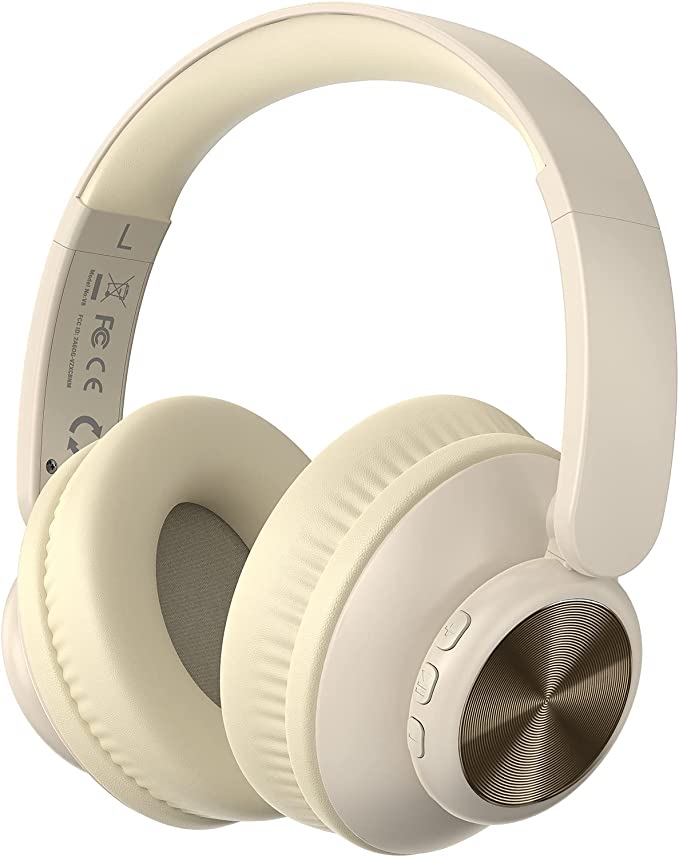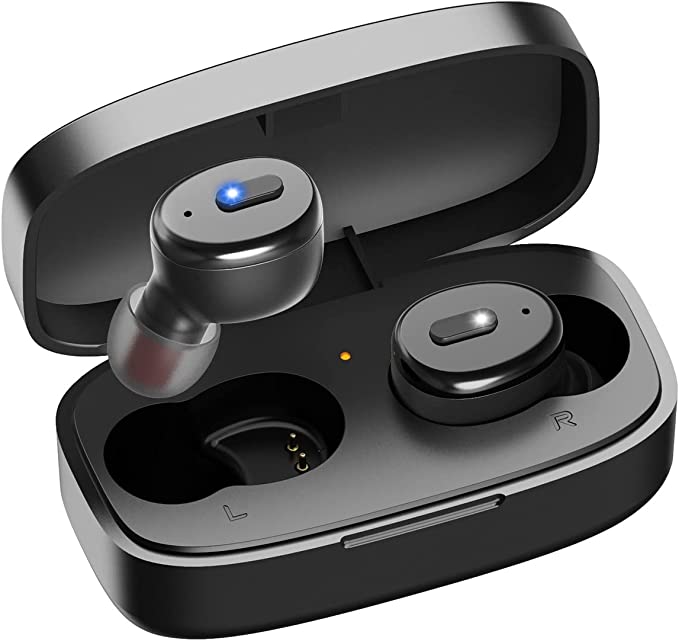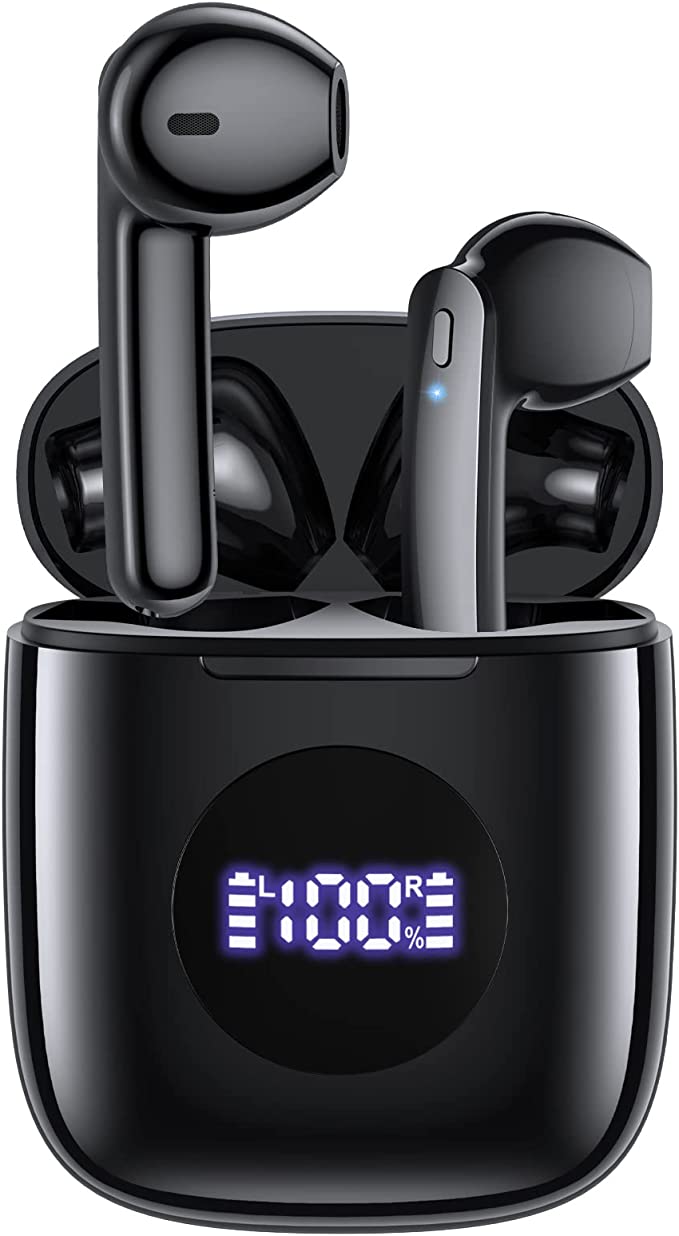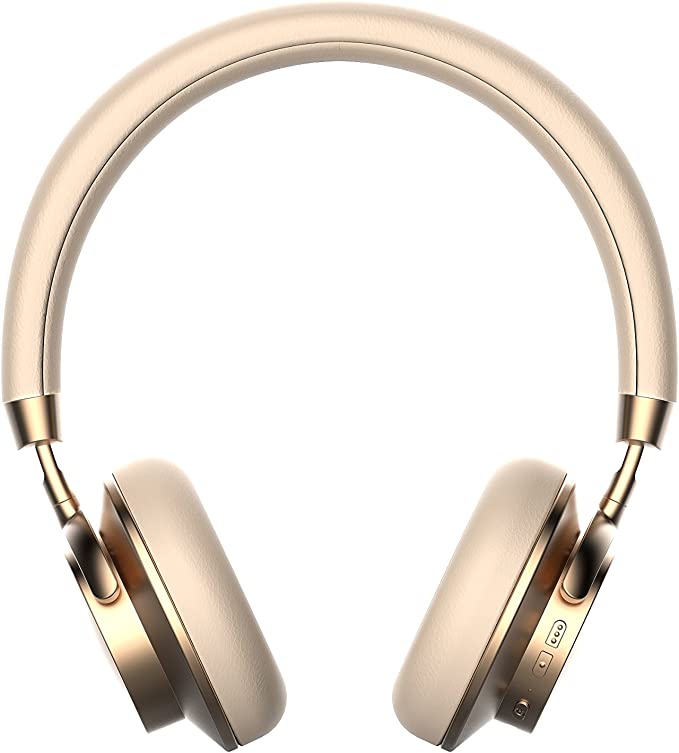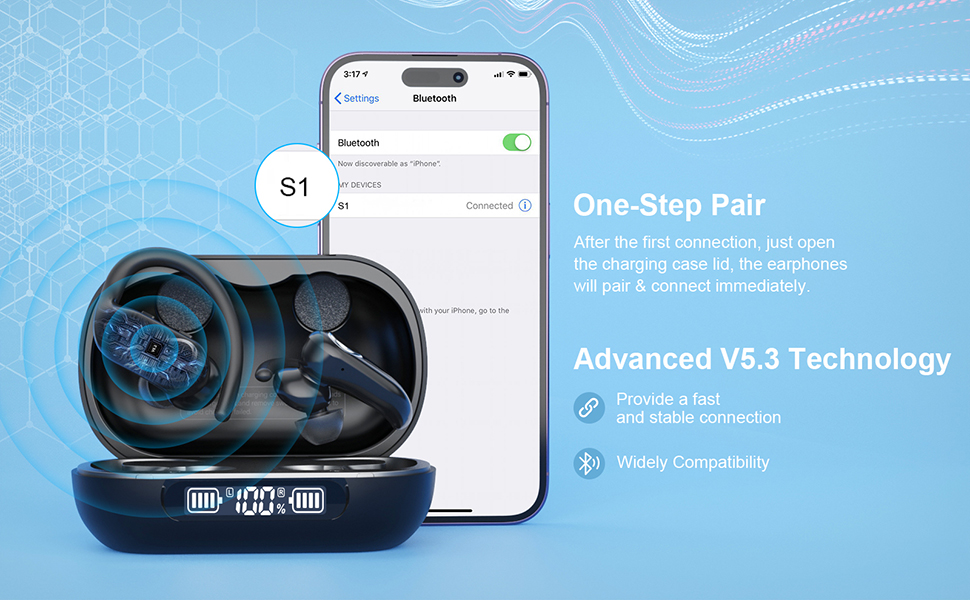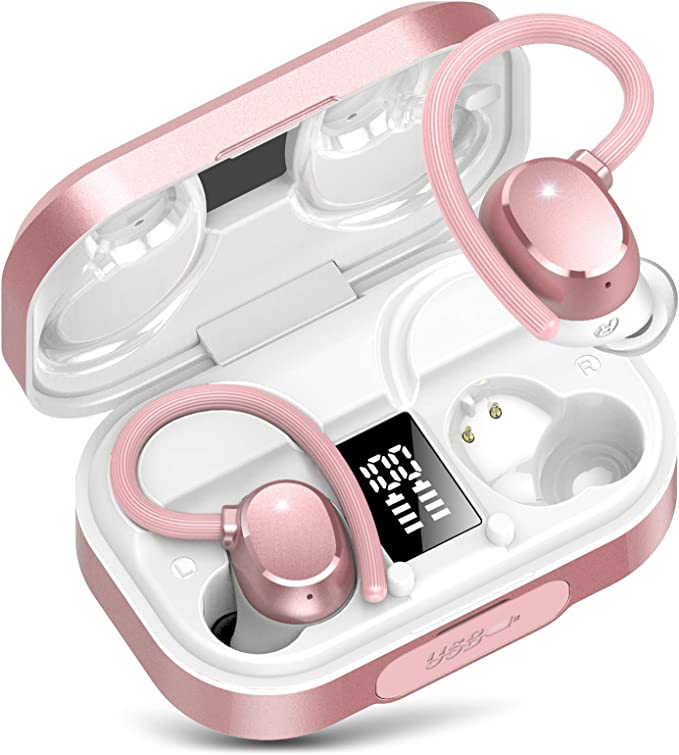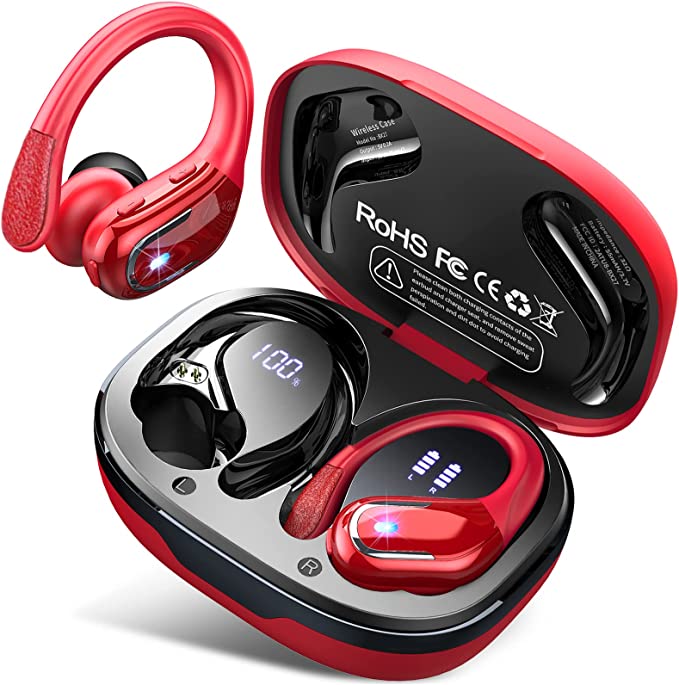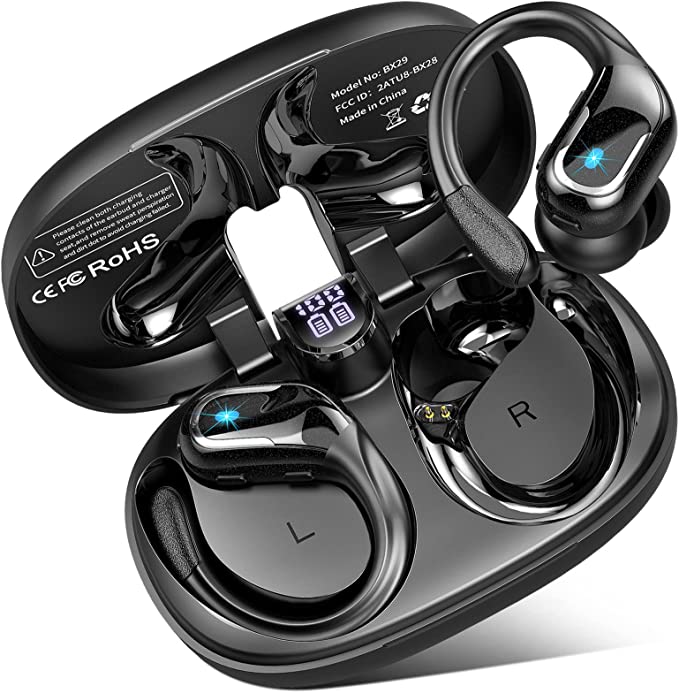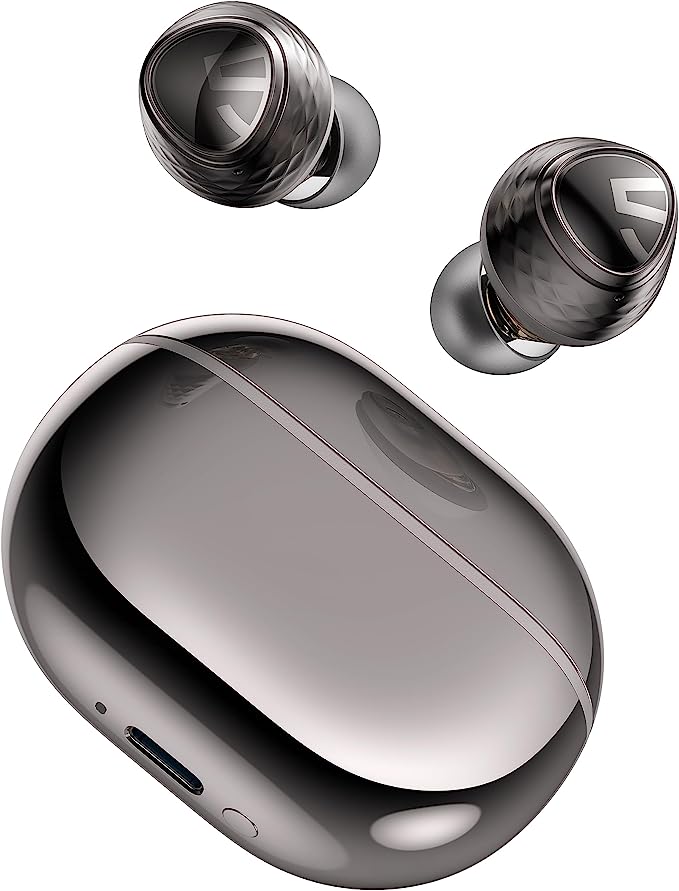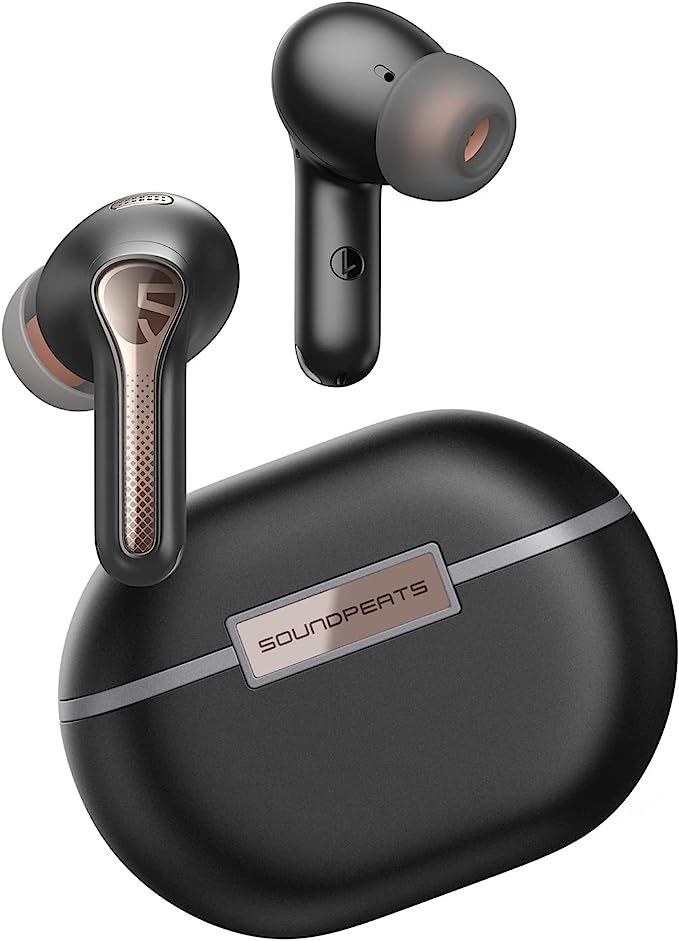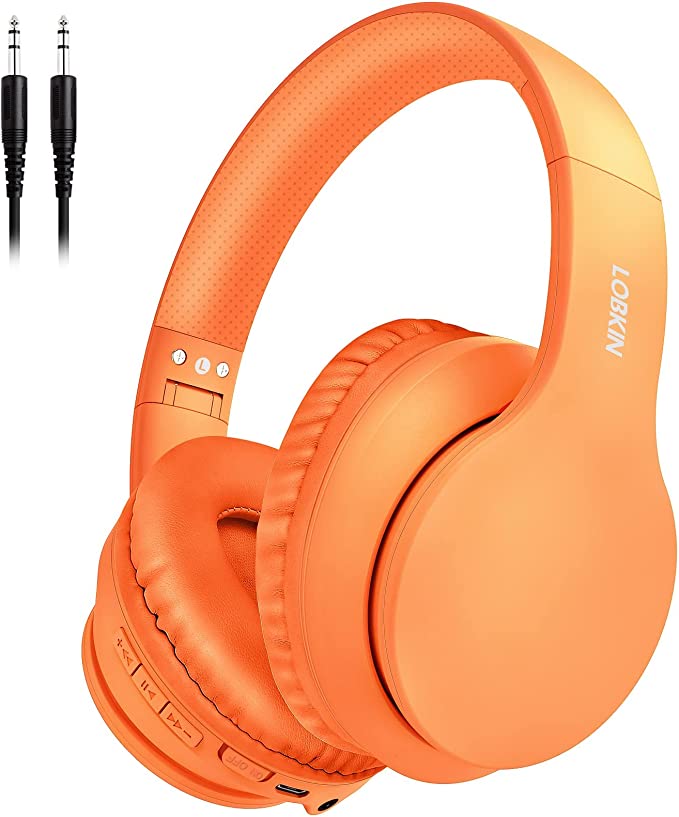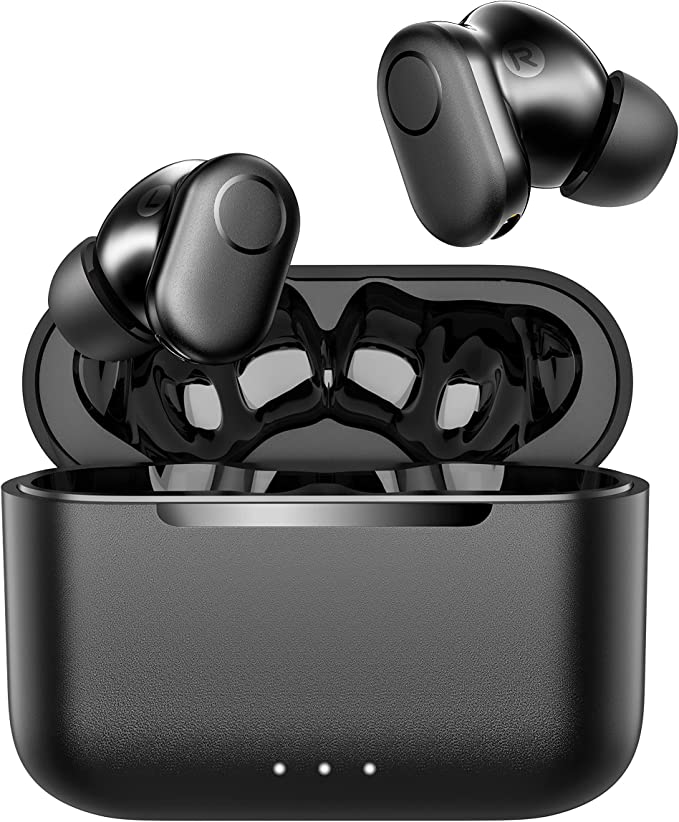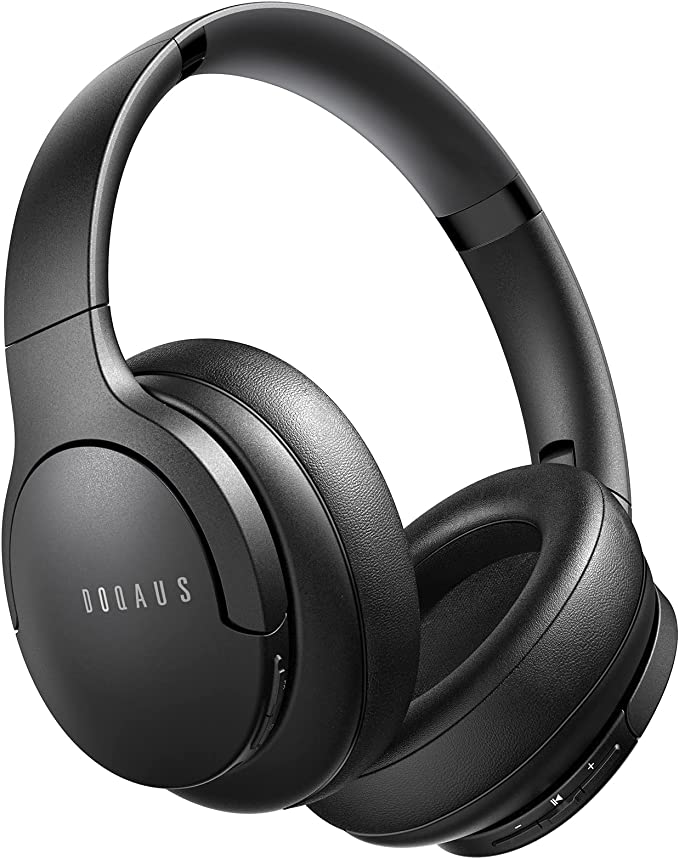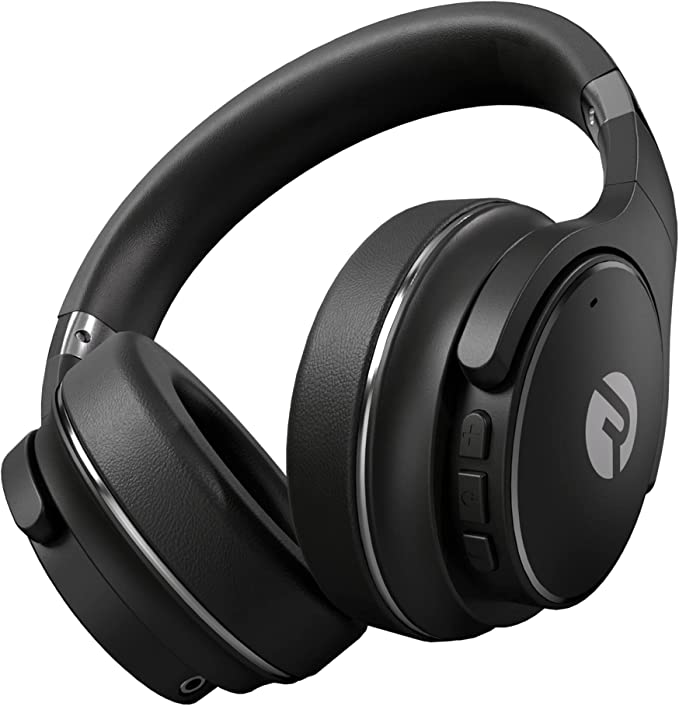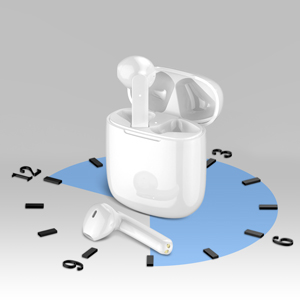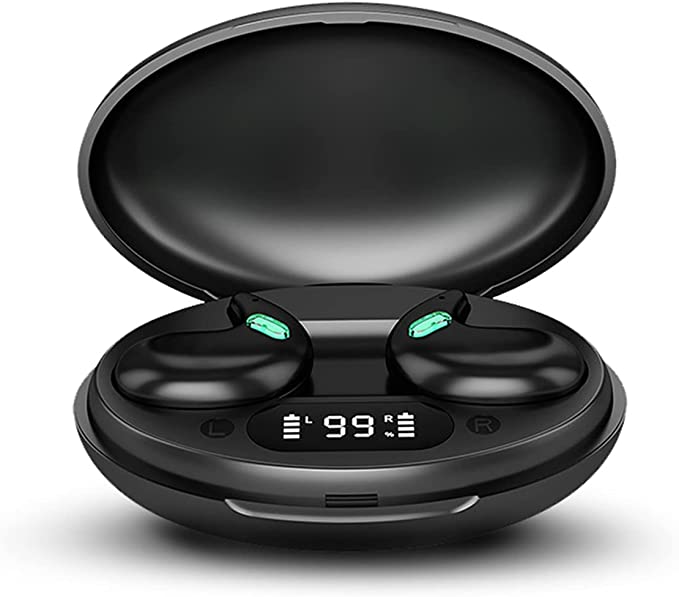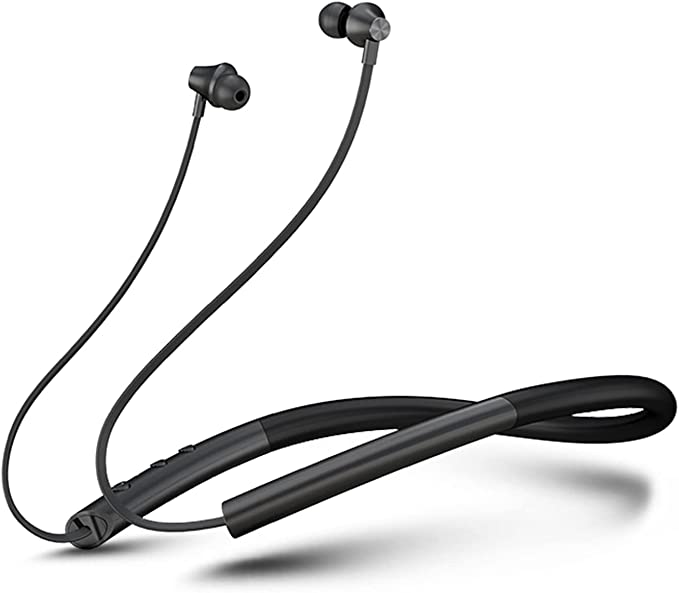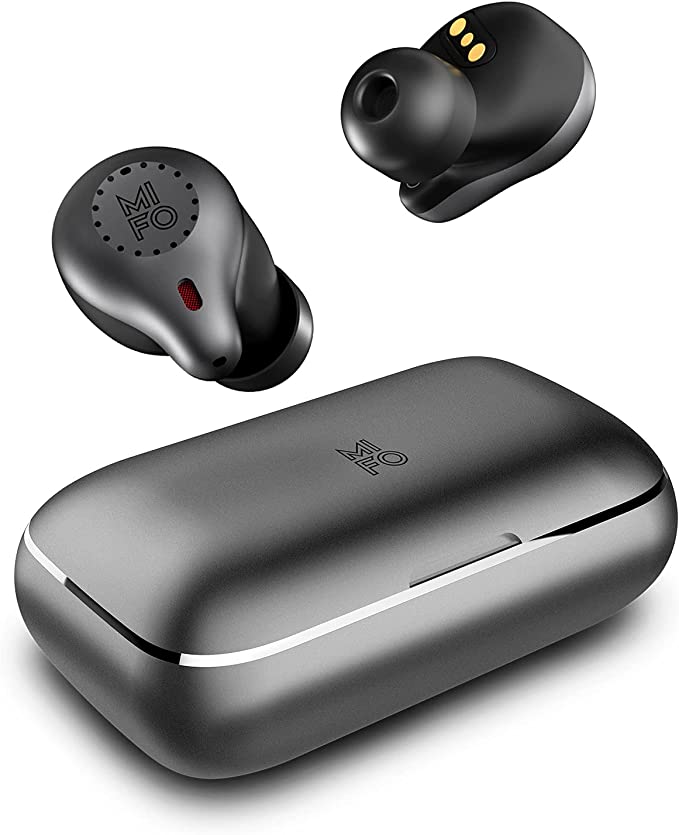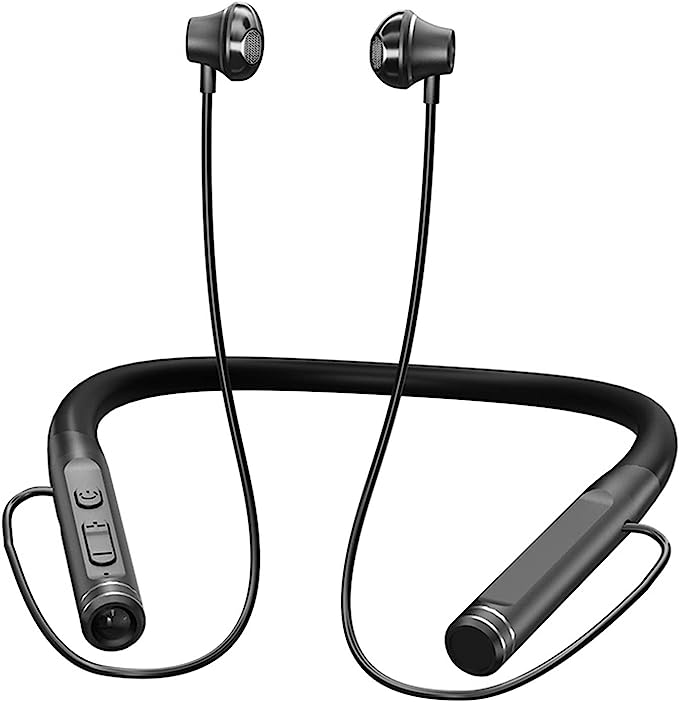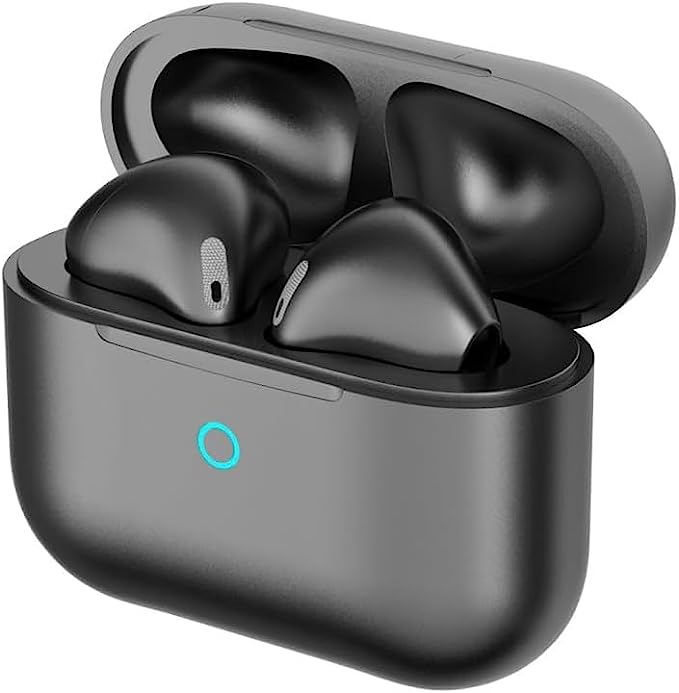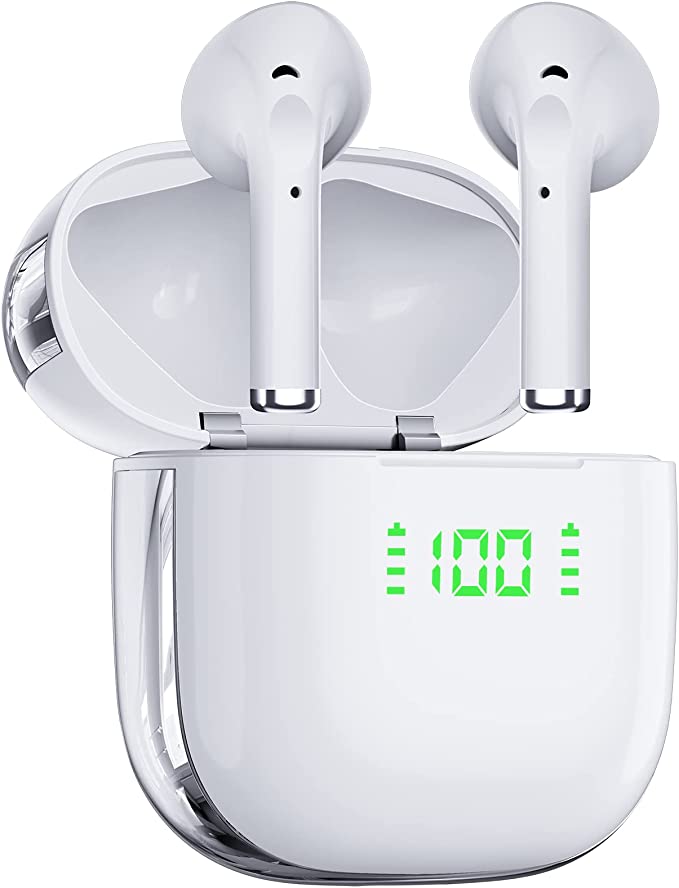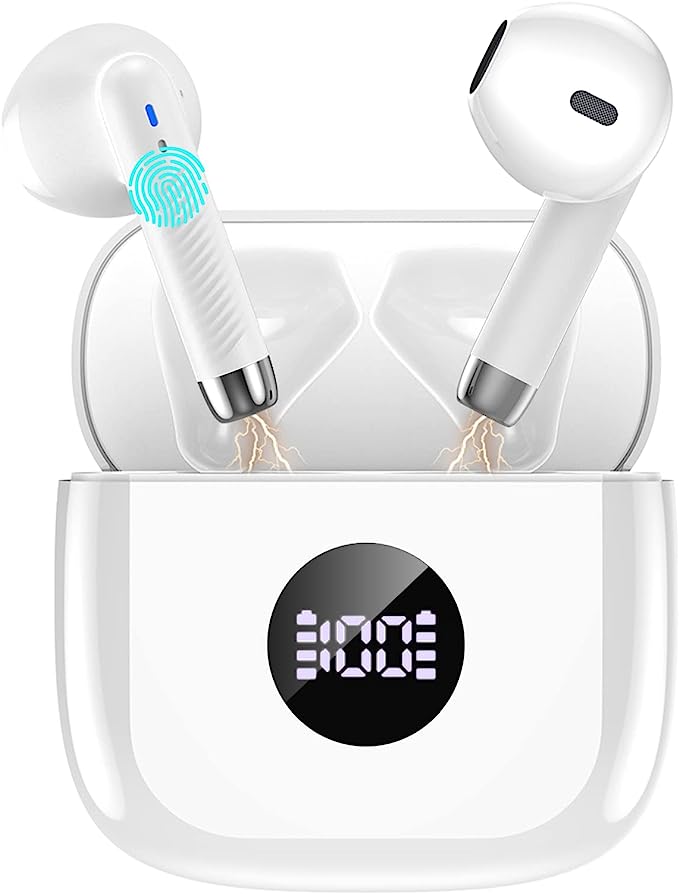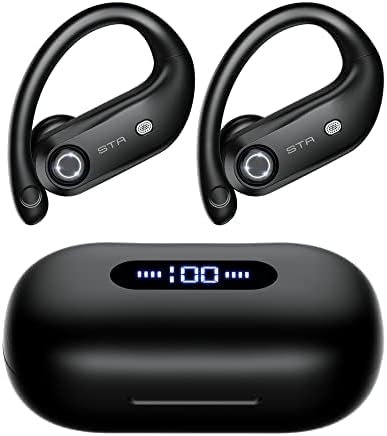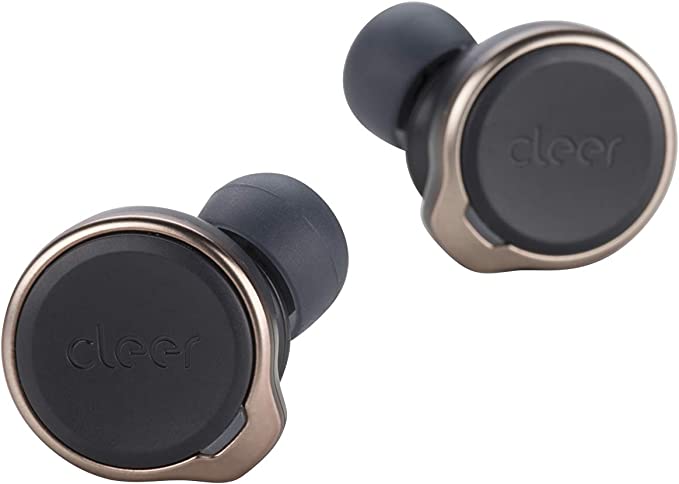SoundPEATS Space Headphones: Unpacking the Science of Quiet, Sound, and Epic Battery Life
Update on April 13, 2025, 9:30 a.m.
We live in a world saturated with sound, a constant symphony often intermingled with a cacophony of unwanted noise. The drone of traffic on your commute, the chatter in an open office, the hum of appliances at home – finding a pocket of peace or truly losing yourself in your favorite music or podcast can feel like a luxury. Alongside this auditory battleground runs another modern anxiety: the ever-draining battery icon on our beloved wireless devices. It’s in this landscape that headphones like the SoundPEATS Space emerge, promising not just audio playback, but sophisticated tools to manage our soundscape and liberate us from the tyranny of the charger.
Boasting features like Hybrid Active Noise Cancellation, large audio drivers, the latest Bluetooth standard, and a frankly astonishing battery life claim, the SoundPEATS Space headphones certainly make a compelling case on paper. But what does “Hybrid ANC up to 35 dB” really mean for your ears? How does a “40mm driver” translate into powerful bass? And what magic allows these headphones to potentially last for over a hundred hours? Let’s peel back the marketing layer and explore the fascinating science humming away inside these headphones, based on the available information and user experiences.

Engineering Your Personal Bubble: The Science of Hybrid ANC
One of the most sought-after features in modern headphones is Active Noise Cancellation (ANC), and the SoundPEATS Space employs a “Hybrid” version, claiming noise reduction of up to 35 decibels (dB). Imagine stepping onto a noisy train or settling into a bustling café and being able to dial down the surrounding clamor, creating your own zone of focus or relaxation. That’s the promise of ANC. But how does it work? It’s not just about physically blocking sound with padded earcups (that’s passive noise isolation, which these also provide). ANC is an electronic feat of sound manipulation.
Think of sound as waves travelling through the air. ANC technology uses tiny microphones positioned on the headphones to listen to the persistent, unwanted environmental noise around you – like the low-frequency rumble of an airplane engine or the steady whir of an air conditioner. A sophisticated processor inside the headphones instantly analyzes these incoming sound waves. Then, it performs a clever trick: it generates a new sound wave that is the exact mirror image, or ‘anti-noise’ wave, of the original noise. This anti-noise wave is precisely 180 degrees out of phase with the incoming noise. When these two waves – the original noise and the newly generated anti-noise – meet at your eardrum, they effectively cancel each other out through a principle called destructive interference.
Now, why “Hybrid”? Basic ANC systems use microphones either only on the outside (feedforward) or only on the inside (feedback) of the earcup. Hybrid ANC, as implemented in the SoundPEATS Space, uses both. Microphones on the outside catch the ambient noise before it even reaches your ear, providing a first line of defense. Simultaneously, microphones on the inside listen to the sound that actually makes it into your ear canal, including any residual noise the external mics missed, and fine-tune the cancellation signal accordingly. This dual approach, according to general audio principles, typically allows for more effective noise reduction across a broader range of frequencies compared to simpler systems.
User feedback aligns with this, noting that the ANC on the SoundPEATS Space is quite effective at tackling those lower-end rumbling sounds – the very drones and hums that often cause fatigue. However, it’s important to manage expectations. As some users observed, ANC technology, especially in more accessibly priced headphones, is generally less effective against sharp, sudden noises or higher-frequency sounds like human voices. You’ll still hear the TV if nothing is playing, perhaps just muffled. So, it’s not a magic cone of silence, but rather a powerful tool for significantly reducing persistent background noise, making commutes more serene and focus time more productive.

The Engine of Emotion: Decoding 40mm Drivers and Sound Quality
Silence is golden, but headphones are ultimately about sound. The SoundPEATS Space packs 40mm dynamic drivers, touted as delivering “crystal-clear sound and powerful bass.” What’s happening inside the earcups to create the music that moves you?

At the heart of most headphones, including these, are dynamic drivers. You can picture them as miniature versions of the loudspeakers in your home stereo system. The “40mm” refers to the diameter of the diaphragm, a thin, cone-like membrane. Attached to this diaphragm is a voice coil, through which the electrical audio signal from your device flows. This coil sits within a magnetic field generated by a permanent magnet. As the electrical audio signal fluctuates (representing the different frequencies and volumes of your music), it creates a varying magnetic field around the voice coil, causing it to rapidly move back and forth, pushing the attached diaphragm with it. These vibrations displace air, creating the pressure waves we perceive as sound.
Why does the 40mm size matter? Generally speaking (as per basic acoustic principles), a larger diaphragm has the potential to move more air than a smaller one. This often translates to an ability to reproduce lower frequencies (bass) with more authority and depth, and potentially handle higher volumes with less distortion. It provides the raw physical capability for impactful sound.
However, driver size is only part of the story. The final sound signature – whether it’s balanced, bass-heavy, or bright – heavily depends on the manufacturer’s “tuning.” This involves carefully adjusting the driver’s performance, the shape and materials of the headphone housing (the acoustic chamber), and the digital signal processing (if any). The stated goal for the SoundPEATS Space is a finely-tuned sound suitable for various musical styles, aiming for clear highs and rich mids alongside that powerful bass.
Interestingly, user reviews suggest that while the out-of-the-box sound might be considered decent or perhaps a bit “muddy” by some, the true potential is unlocked via the SOUNDPEATS App. The app offers various preset EQs (equalizers) and, crucially, a customizable EQ and even an adaptive EQ test. This allows users to tailor the sound profile to their personal preferences, effectively fine-tuning the output of those 40mm drivers. It highlights that the hardware provides the foundation, but software and user customization play a significant role in achieving the desired listening experience.

Untethered Endurance: The Magic Behind 123 Hours and Bluetooth 5.3
Perhaps the most eye-catching specification of the SoundPEATS Space is its claimed battery life: an almost unbelievable 123 hours on a single charge with ANC off, and a still-massive 61 hours with ANC on. For context, many wireless headphones offer 20-40 hours. What sorcery allows for such marathon endurance?
It’s less magic, more a combination of advancements in battery technology and wireless efficiency. Modern lithium-ion or lithium-polymer batteries pack more energy into smaller spaces than ever before. But the real hero here is likely the Bluetooth 5.3 technology employed by these headphones.
Each iteration of the Bluetooth standard brings improvements, and Bluetooth 5.3 offers significant advantages relevant to battery life and connection quality: * Lower Energy Consumption: Bluetooth 5.3 incorporates features specifically designed to reduce power usage during transmission and idle states compared to older versions. This directly contributes to stretching battery life, especially for devices like headphones that maintain a constant connection. (General Bluetooth 5.3 knowledge). * Enhanced Stability and Efficiency: The product description highlights higher anti-interference capability and transmission efficiency. This means a more stable connection with fewer dropouts, and data gets sent more effectively, potentially requiring less power for retransmissions. * Improved Connection Management: Features within BT 5.3 can allow devices to manage connections more intelligently, further optimizing power draw. (General Bluetooth 5.3 knowledge).
Combine this efficient wireless protocol with potentially large-capacity batteries and power-optimized internal chipsets, and that 123-hour figure, while likely measured under ideal lab conditions (moderate volume, specific codecs), becomes technologically plausible, signifying a major leap in freedom from charging anxiety. Even when the battery eventually runs low, the quick-charge function is a practical lifesaver: just 10 minutes of charging provides a claimed 12 hours of playtime, perfect for getting you through a day if you forgot to charge overnight.
Bluetooth 5.3 also enables another convenient feature mentioned: Multipoint Connection. This allows the headphones to be actively connected to two devices simultaneously – say, your laptop for work calls and your smartphone for music or personal calls. You can seamlessly switch the audio source between them without manually disconnecting and reconnecting. One reviewer noted that the initial pairing process for multipoint might require a bit of patience, but the everyday convenience for users juggling multiple gadgets is undeniable.

Smooth Interactions: Tackling Latency and Ensuring Comfort
Beyond core audio and battery performance, a good headphone experience relies on smooth interaction and comfort, especially for extended use. The SoundPEATS Space addresses this with a low latency mode and attention to physical design.
For gamers or movie watchers, audio delay (latency) can be immersion-breaking. Seeing an action on screen fractions of a second before hearing the corresponding sound effect is jarring. The Space headphones feature a 65ms Game Mode. Latency is measured in milliseconds (ms), and lower is better. Standard Bluetooth latency can sometimes be much higher. Engaging this mode likely optimizes the audio transmission process, prioritizing speed to minimize that perceptible delay, ensuring sound effects and dialogue sync much more closely with the on-screen action.
Comfort is paramount for over-ear headphones intended for long listening sessions (which the battery life certainly encourages). User reviews paint a positive picture here, describing the headphones as lightweight with very plush earcups and a well-cushioned headband. These factors help distribute pressure evenly and reduce fatigue. The use of synthetic leatherette and foam is typical for achieving this balance of softness and durability, though one reviewer did mention the earcups could get a bit warm after extended use – a common trade-off with closed-back, over-ear designs that create a seal for sound isolation. Small details, like the large ‘L’ and ‘R’ indicators inside the earcups, add to the user-friendliness.
Finally, control. In an era of sometimes finicky touch controls, the SoundPEATS Space opts for physical buttons for power, volume adjustment, and ANC mode switching. As one reviewer explicitly appreciated, physical buttons offer distinct tactile feedback, reducing accidental presses and making it easier to operate the headphones without looking.

The SoundPEATS Space Equation: A Calculated Balance
Exploring the SoundPEATS Space headphones reveals a fascinating blend of established audio principles and modern technological advancements. The Hybrid ANC leverages wave interference to carve out quiet, the 40mm dynamic drivers act as miniature sound engines, and Bluetooth 5.3 orchestrates a symphony of wireless efficiency enabling remarkable battery life and seamless multi-device connectivity. Features like the low latency mode and thoughtful comfort design round out the user experience.
Based on the provided information and user feedback, the SoundPEATS Space appears to represent a calculated balancing act. It brings features like Hybrid ANC, Multipoint, and truly exceptional battery endurance – often associated with higher price brackets – into a more accessible segment (indicated by the $79.99 list price). The trade-offs, as hinted in reviews, might lie in the ANC’s effectiveness against certain sound frequencies compared to premium competitors, or an out-of-the-box sound profile that benefits from app-based tweaking.
This exploration wasn’t intended as a final verdict, but as an insight into the science packed within these headphones. Understanding how these features work empowers you to look beyond the spec sheet. Whether the specific balance struck by the SoundPEATS Space aligns with your individual needs and priorities is for you to decide. But their existence is a testament to the relentless democratization of audio technology, bringing ever more sophisticated ways to shape our personal soundscapes within reach.
[//]:(version:20250412 001)
